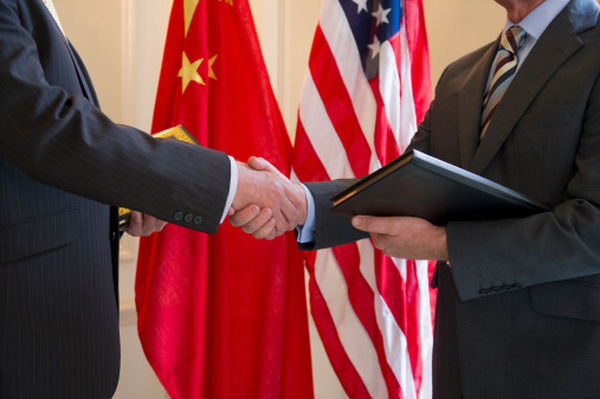Looking backward at prior years’ soybeans production we exported 3.8 billion bushels of soybeans in 2014 and 2015. Approximately 29% of those bushels were exported to China during those years. They are the number one buyer of US soybeans. Bushels of soybeans sold for about $9 each on average during those years. The total value of soybean exports to the World was $34 billion. So, about $10 billion worth of soybeans were sold to China during those years. A 25% tariff would encourage buyers of soybeans in China to look elsewhere, as the tariff would result in the cost being passed on to them.
By comparison, if you look at the next big four importers of US soy, Europe is the number two buyer. They import about 4.5% of our soybean exports. Mexico imports 3.5% of our soybean exports, Japan imports 2%, and Taiwan imports 1.5%.
In other words, this could be detrimental to US soy growers if there’s nowhere to sell their soybeans.
The tariff also affects planes, cars, beef, and chemicals. They were very strategic in choosing which industries in the US to target. Just how big is this trade war?
On Monday, China intended to place tariffs on $3 billion in US goods. That’s a drop of water in a river. But after the US released its list of targeted tariffs on China yesterday, so too did China’s retaliatory list change. Now they’re matching us dollar for dollar, imposing a 25% tariff on $50 billion-worth of goods, $12.5 billion.
Let’s put those numbers into perspective. Soybeans don’t sell on the stock market, they sell on a commodities market, but aerospace companies, auto manufacturers, and chemical companies trade on the stock market. The total market capitalization of the S&P 500 (its size) was about $24 trillion as of the end of 2017. The total of these tariffs is the equivalent of 0.05% of the total market cap of the S&P 500.
The Dow Jones Industrial Average is another story. It’s 30 large companies, and they have significant exposure in China. Boeing, for example, get between 13% and 14% of it’s revenue from China. Since airplanes are a targeted tariff, Boeing could be expected to have some lower revenue numbers in quarters immediately following implementation of any tariffs. More than half the companies in the Dow get about 10% or more of their revenues from China, including companies like McDonald’s and Nike, but those companies aren’t in the tariff target zone yet.
US gross domestic product was about $18.64 trillion in 2016 according to the World Bank. It was the easiest number for me to access, and it hasn’t dropped since then. So, it’s the one I’m going to use to put this into perspective. 25% of $50 billion in tariffs = $12.5 billion. $12.5 billion/$18.64 trillion = 0.00067. $12.5 billion is 0.067% of total annual US GDP.
The tariffs are targeted and will harm soybean growers, they’ll create a sting for the other industries targeted. Oh, and I forgot that the tariffs will also hurt Jack Daniels. But, the tariffs are a small proportion of our GDP. This is more of a trade arm wrestling contest or dance off than a trade war. Unfortunately, the market is very sensitive right now. So, the response in the market seems a little irrational this morning. We really need to see how it plays out.


